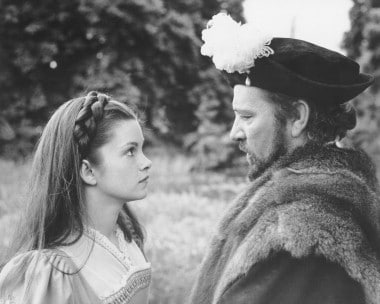 On 17th May 1536, at Lambeth, Archbishop Thomas Cranmer, in the presence of Sir Thomas Audley, the Duke of Suffolk, the Earl of Oxford and others, declared that the marriage between Henry VIII and Anne Boleyn was null and void.1 This sentence of “nullity” meant that it was as if the marriage had never happened and automatically rendered the couple’s daughter, Elizabeth, illegitimate. The King could now forget the woman waiting for her death in the Tower and move on with his life and marry again.
On 17th May 1536, at Lambeth, Archbishop Thomas Cranmer, in the presence of Sir Thomas Audley, the Duke of Suffolk, the Earl of Oxford and others, declared that the marriage between Henry VIII and Anne Boleyn was null and void.1 This sentence of “nullity” meant that it was as if the marriage had never happened and automatically rendered the couple’s daughter, Elizabeth, illegitimate. The King could now forget the woman waiting for her death in the Tower and move on with his life and marry again.
We do not know the grounds for the annulment. The Archbishop simply said that it was “in consequence of certain just and lawful impediments which, it was said, were unknown at the time of the union, but had lately been confessed to the Archbishop by the lady herself.”2 Charles Wriothesley3 took this to mean that the Queen confessed to a pre-contract with Henry Percy, Earl of Northumberland. However, the Imperial ambassador, Eustace Chapuys, believed that “the said Archbishop had pronounced the marriage of the King and Concubine invalid on account of the King having had connection with her sister, and that, as both parties knew of this, the good faith of the parents cannot make the said bastard legitimate.”4 Thus, the impediment referred to here was that of consanguinity. In other words, the marriage was deemed incestuous because the King had had a previous sexual relationship with Anne Boleyn’s sister, Mary Boleyn.
(Taken from The Fall of Anne Boleyn: A Countdown by Claire Ridgway)
Notes and Sources
- LP x. 896
- Wriothesley, Charles. A Chronicle of England During the Reigns of the Tudors, from A.D. 1485 to 1559, 41.
- Ibid.
- LPx. 909